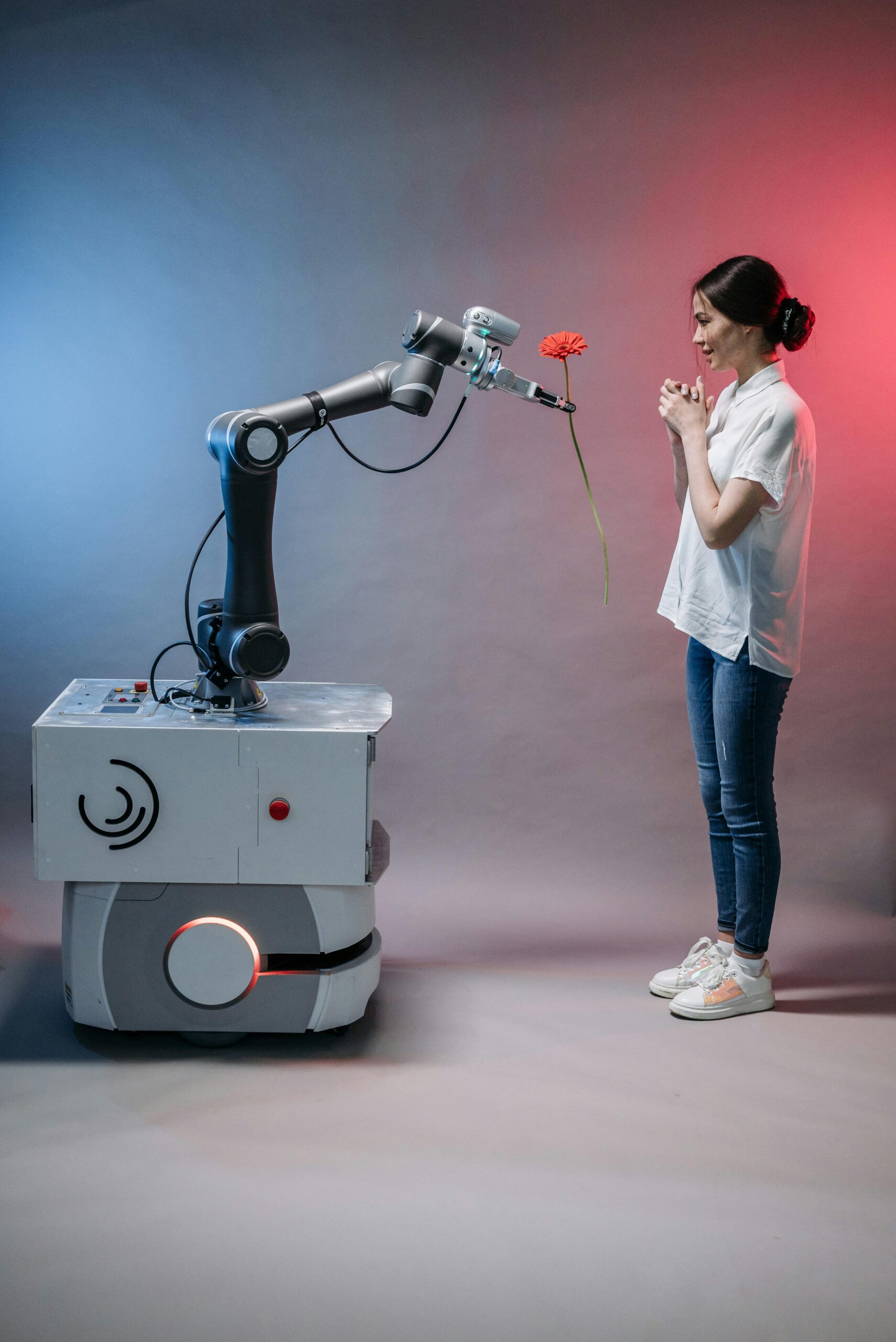Direct mail is a powerful tool for reaching potential donors and converting them into loyal supporters of your cause. However, for your direct mail to be effective, it needs to answer some key questions that potential donors may have. In this article, we’ll explore the questions your direct mail should answer to convert a new, potential donor.
Why is Direct Mail Important for Nonprofits?
Before we discuss the questions your direct mail should answer, let’s first understand why direct mail is important for nonprofits.
Personalized and Tangible

Direct mail lets you personalize your message and make it tangible for potential donors. By sending physical mail, you give them a piece of your organization to interact with and do it with fewer distractions.
Direct mail is a targeted and measurable marketing tactic that allows nonprofits to reach potential donors and track campaign success. By targeting direct mail responsive prospect lists and tracking results to your acquisition efforts, you can ensure your direct mail reaches the right audience and measure the response rate.
What Questions Should Your Direct Mail Be Answering?

Now that we understand the importance of direct mail for nonprofits let’s explore the questions your direct mail should answer to convert a new, potential donor.
Who Are You?
The first question your direct mail should answer is who you are as an organization. This may seem obvious, but it’s important to establish your credibility and build trust with potential donors. Make sure your direct mail includes your organization’s name, logo, and a brief overview of your mission and impact.
What Do You Do?
In addition to introducing your organization, your direct mail should also clearly explain what you do and how you make a difference. Potential donors want to know how their support will be used and what impact it will have. Use compelling language and statistics to showcase the importance of your cause and the impact of your work.
Why Should I Support You?
This is the most important question your direct mail should answer. Potential donors want to know why they should support your organization over others. This is where you can highlight the work that you’ve done and the lives your organization has changed. Through storytelling, you can highlight that your organization has had a positive impact while at the same time expressing that the need is still great. Choose real photographs of the subjects featured in your story versus stock imagery, if possible. This is your opportunity to show and tell.
How Will My Donation Be Used?
Potential donors want to know how their donation will be used and what impact it will have. Be transparent about where their money will go and how it will be used to further your mission. This will help build trust and show potential donors that their support is making a difference.
How Can I Donate?
Include a clear call to action in your direct mail to encourage potential donors to take action. This could be a link to your website, a phone number to call, or a pre-paid donation envelope. Make sure the donation process is simple and user-friendly. Be sure to include as many payment options as your CRM can handle. Make it easy!
How Can I Learn More?
In addition to providing a way to donate, your direct mail should also offer potential donors a way to learn more about your organization. This could be through a link to your website or social media pages. Include multiple ways for potential donors to connect with your organization and learn more about your work.
Tips for Creating Effective Direct Mail
Now that we’ve covered the questions your direct mail should answer, here are some pro tips for creating supercharged direct mail that will convert potential donors.
Personalize Your Message
As mentioned earlier, direct mail allows you to personalize your message and make it more impactful. Use the recipient’s name, include a handwritten note, or tailor the message to their personal interests. This will show that you know them personally and value their support.
Use Compelling, Personal Visuals
In addition to a strong message, your direct mail should include compelling and personally appealing visuals to catch the recipient’s attention. This could be a powerful image, an infographic, or a video. Visuals can help convey your message more engagingly and memorably; keeping it personal inspires a response.
Keep it Concise
While it’s important to include all the necessary information, direct mail should also be concise and easy to read. Use bullet points, short paragraphs, and bold headings to break up the text and make it more digestible. This will also help preserve your message in a sea of text.
Test and Track Your Campaign
As with any marketing campaign, it’s important to test and track the success of your direct mail acquisition efforts. This will help you understand what works and what doesn’t, and make adjustments for future campaigns. Use tracking codes, unique URLs, or specific phone numbers to measure your direct mail’s response rate and success.
Conclusion
Direct mail is a powerful tool for reaching potential donors and converting them into loyal supporters of your cause. By answering key questions and following these tips, you can create effective direct mail campaigns to help you achieve your fundraising goals. Remember to personalize your message, use compelling visuals, and make it easy for potential donors to take action. With the right approach, direct mail can be a valuable addition to your nonprofit’s marketing strategy.











